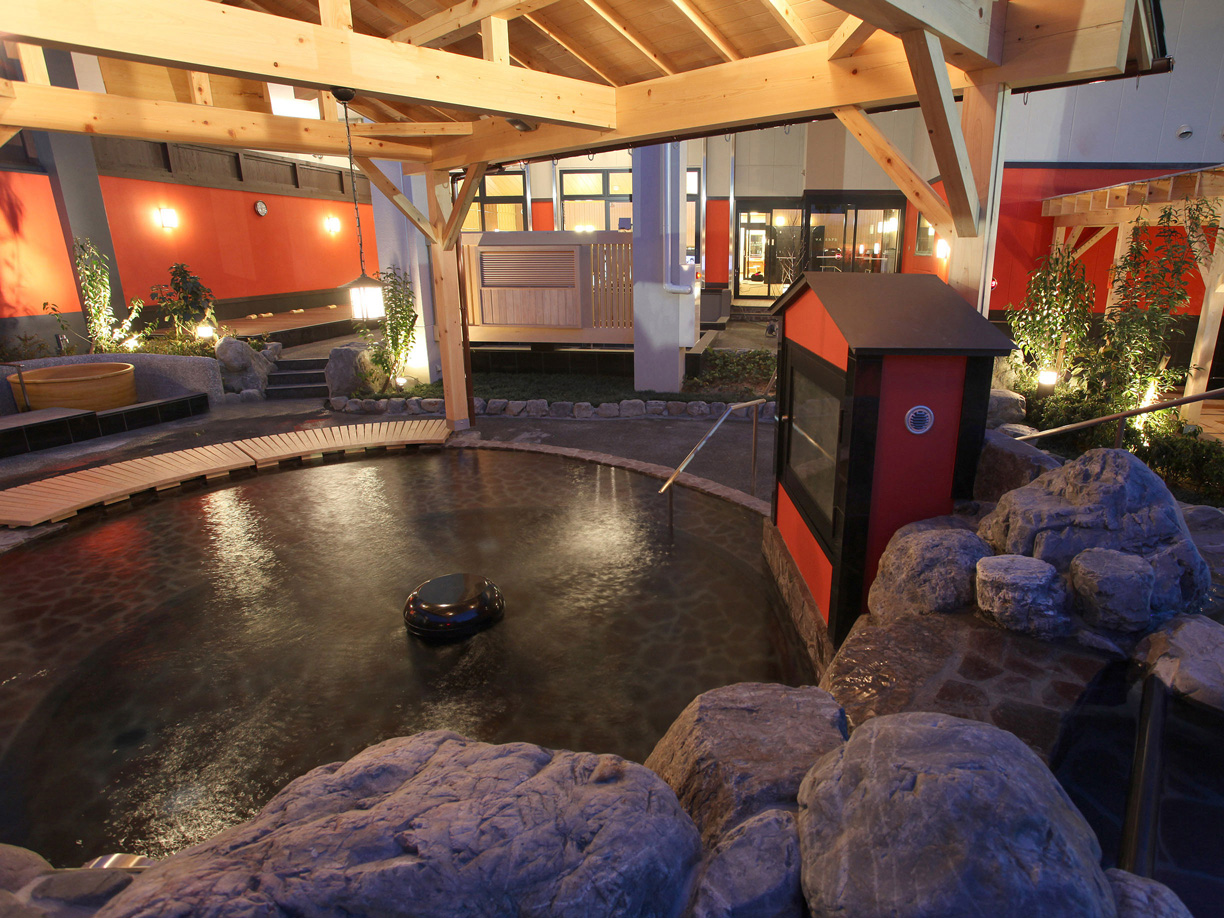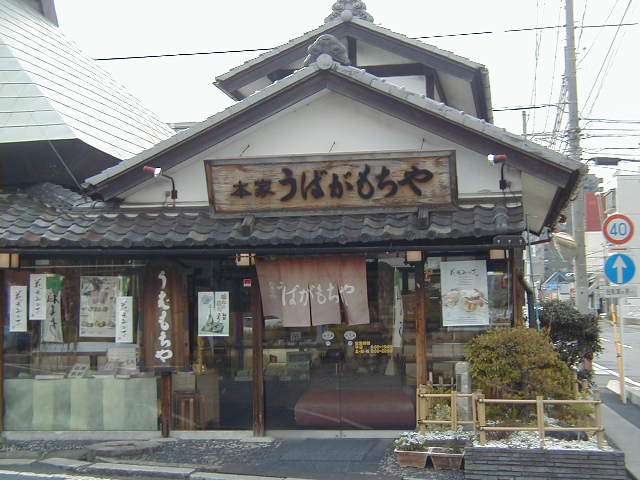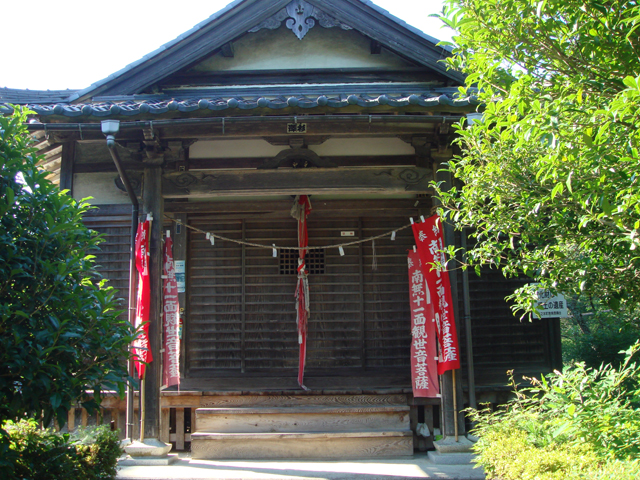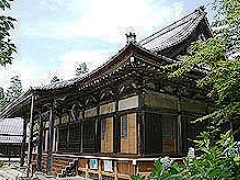
草津湯元 水春
温泉スーパー銭湯。大小13の風呂が揃うほか、2種類のサウナと4種類の岩盤浴もある(料金別途)。大浴場には、天然温泉「近江草津美人の湯」や、大人気の炭酸湯、また岩盤処には約1万冊のコミックコーナー、TV付きリクライナーを用意している。その他にも、お食事処水春亭、しゃぶしゃぶ食べ放題しゃぶ庵、癒し処ゆめみ、カットの髪剪處などを1日中楽しめる施設となっている。
Info
Business Hours
Spot Category
The information provided reflects the details available at the time of the survey.
Please note that facility details may change due to the facility’s circumstances, so please check for the latest information before visiting.
This content has been translated using machine translation.
Information provided by: JTB Publishing
The content uses an automatic translation service, which is not always accurate.
The translated content may be different from the original meaning, so please understand and use it.

温泉スーパー銭湯。大小13の風呂が揃うほか、2種類のサウナと4種類の岩盤浴もある(料金別途)。大浴場には、天然温泉「近江草津美人の湯」や、大人気の炭酸湯、また岩盤処には約1万冊のコミックコーナー、TV付きリクライナーを用意している。その他にも、お食事処水春亭、しゃぶしゃぶ食べ放題しゃぶ庵、癒し処ゆめみ、カットの髪剪處などを1日中楽しめる施設となっている。

永禄12年(1569)に創業の草津名物・うばがもちの店。安藤広重や葛飾北斎の浮世絵にも登場している。昔、乳母が作って旅人に売ったといういわれがあり、地元産のもち米でつくったやわらか餅を甘さ控えめのこし餡で包んだ素朴な味だ。18粒入900円。店内でも味わえる。6粒入300円。

古くから酒や水を入れる容器として愛用され、無病息災の縁起物として親しまれてきたひょうたんの加工・販売店。装飾用の小さなものは400円~。ひょうたんの絵付け体験(体験料500円。要予約)もある。

Standing in a quiet mountain area overlooking the Takataka River, there is a statue of the Eleanji Guanyin (Important Cultural Property), which has a striking neat face of fine eyes and thin lips. The work of the Heian period. It is introduced in the novel "Hoshito no Matsuri" by Yasushi Inoue as "Guanyin-sama, modeled on the figure of a princess maiden." it is necessary to contact the Okubiwa Tourism Association in advance for viewing.

It was founded by Prince Shotoku and later re-founded by Isakenjin. The jōjō nakatoki [Nakatoki] and the tombs of the vassals (historical sites), which were self-bladed with the fall of the Kamakura shogunate, are located in the precincts, and the "Rukura [Rokuhara] North-South Pagebook" (Important Cultural Property), which bears their names, also remains. Also enshrined is the Jizo of "Bōba no Chutaro", famous for his "Mother of the Pyelid" by Shinsaku Hasegawa.

The Bodaiji temple of the Ii family, which was moved from Yōshu Iitani, and is famous for its famous gardens, including the "Fudaraku no Yard" of Karesansui with 48 stones placed on white sand.
This website uses cookies so that we can provide you with the best user experience possible. Cookie information is stored in your browser and performs functions such as recognising you when you return to our website and helping our team to understand which sections of the website you find most interesting and useful.
Strictly Necessary Cookie should be enabled at all times so that we can save your preferences for cookie settings.
If you disable this cookie, we will not be able to save your preferences. This means that every time you visit this website you will need to enable or disable cookies again.
